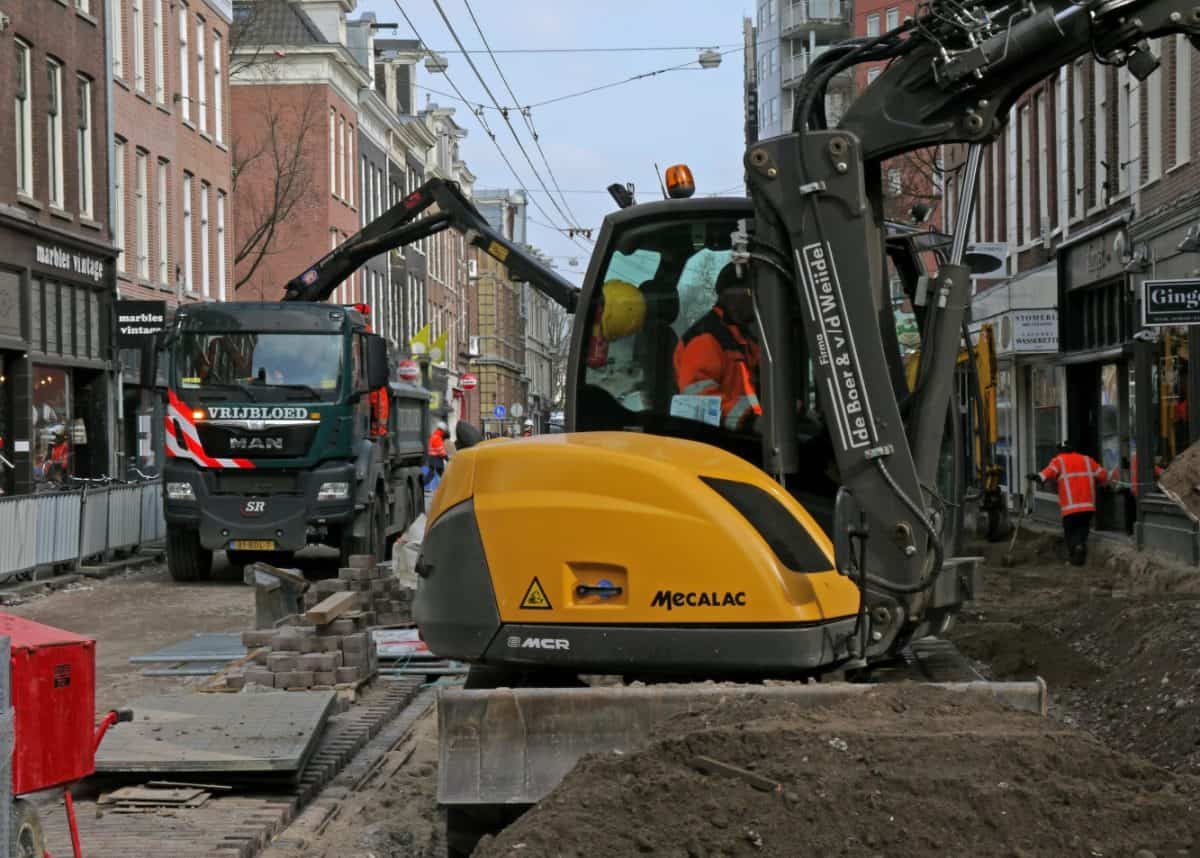Anton Muscatelli, University of Glasgow
In many western countries, COVID-19 infection rates are rising again. For some like the UK, France and Spain, it appears that the second wave of the pandemic is already here. The science also tells us that we may see a further upsurge in 2021. We do not know how effective early vaccines will be, and the rollout of vaccination programmes will be gradual.
A major issue for governments is the extent to which they have the fiscal firepower to protect jobs and economic activity. In the UK, the government’s spring and summer measures to protect businesses and jobs were expected to add £192 billion to the budget deficit, increasing the debt-to-GDP ratio from 85.4% in 2019 to 106.4% by March 2021.
These are the highest levels of debt since the early 1960s, and record budget deficit levels for peacetime. And yet the second wave of COVID-19 is going to strain the fiscal response much further. Chancellor Rishi Sunak’s newly revamped job support scheme and other measures to help businesses suffering under the latest restrictions will cost further billions.
To get a possible sense of where this might be heading, the Institute for Fiscal Studies in June modelled for a scenario in which there was a second wave of COVID-19 in the fourth quarter of 2020 and targeted regional lockdowns in the first half of 2021. It predicted that this would produce a budget deficit of over 20% of GDP this year – equivalent to second world war levels – and a debt-to-GDP ratio of nearly 120% by 2024-25.
If this is the kind of situation that many countries are now facing, what options are open to governments, and what key indicators should they focus on?
1. Growth first, sound money second
Governments must prioritise resuming economic growth from 2021 onwards. Put simply, this will require them to go easy on raising taxes or cutting spending quickly to stabilise the debt-to-GDP level. The fiscal correction which would be required to stabilise public finances will be less if a faster recovery can be engineered.
Governments must focus on public investments, particularly those aimed at boosting research and development spending and productivity growth. Many observers have recommended that governments put money into greening the economy. Not only will this stimulate growth in sectors for the future, it will also help address the climate crisis.
2. Build confidence
There needs to be a clear strategy to restore economic confidence, which is inextricably linked to people’s confidence in how the pandemic and its economic fallout is being managed. Even before the second wave took hold, it was clear that the economic recovery was slowing during the summer in many advanced economies.
The OECD reported in September that Google data on people’s shopping and recreational activity (as a proxy for what they are consuming from social businesses) had not returned to pre-pandemic levels. Order books in most advanced economies (except China) did not fully recover either.
It’s clear that consumer and business confidence cannot fully bounce back until uncertainty on the duration of the pandemic begins to subside. This is one reason why a number of economists have urged countries like the UK, where the economic hit has been worse, to focus on protecting employment. The furlough scheme in the UK should probably have been extended into this second wave, and the chancellor’s latest expansion of the job support scheme looks like a partial U-turn.
3. Test and trace still vital
Linked to this need to reduce uncertainty, there is no trade-off between health and the economy. Countries which have done better at keeping infection rates low have also done well at reducing the economic slump.
Some of that success with infections may have been good fortune, or early action in closing travel down quickly in early 2020. But countries such as Finland and Germany also had a strong capacity for testing and tracing and very quickly built it up further. Even at this stage, countries like the UK need to look at whether test and trace can be quickly improved, even at the cost of increased investment.
4. More targeted support
As the recovery begins to strengthen during 2021, a key conundrum for policymakers will be whether to prioritise stimulating aggregate demand in the economy, such as using tax cuts, or more targeted support measures for particular sectors or parts of the workforce.
It has recently been said that the recovery after a second wave might be more W-shaped as a whole, but K-shaped for individual sectors. In other words, while sectors like online retail and technology/software are booming, others like conventional retail, travel and hospitality will take a long time to recover.
Business support may need to switch to a more sectoral approach. The UK has done a little here with the “eat out to help out” scheme and now small monthly grants for firms in sectors like hospitality and leisure.
Similarly, governments will have to focus their support on those in the labour market for whom the “scarring effects” of unemployment will be most serious. For instance, the crisis will particularly affect the job prospects of young people whose transition from education to work is being disrupted. At the recovery stage, support will therefore need to be switched to job creation – for example, by lowering employer national insurance contributions for employers creating new jobs.
We are entering a pivotal period in our fight against COVID-19. While there is no denying the challenges ahead, we are also better prepared and more knowledgeable than in March. Policymakers must use this to their advantage and craft an economic response which is comprehensive and nimble in equal measure.
Anton Muscatelli, Principal and Vice Chancellor, University of Glasgow
This article is republished from The Conversation under a Creative Commons license. Read the original article.












